


The story of the historic 1876 Chapel at Walnut Grove mirrors the story of East Texas itself. That area from which Smith County was formed in 1846 contained few non-indigenous inhabitants prior to the Texas Revolution, but the years immediately following the expulsion of the Cherokees from the region in 1839 saw a steady influx of new arrivals, with some coming to settle in the community now called Walnut Grove, named for the many large native Black Walnut trees found throughout the area and scattered along the banks of the small creek meandering through it. It was there, barely one hundred years after the birth of the United States, that folks found themselves in need of a church, a proper place to gather and to worship the Lord.
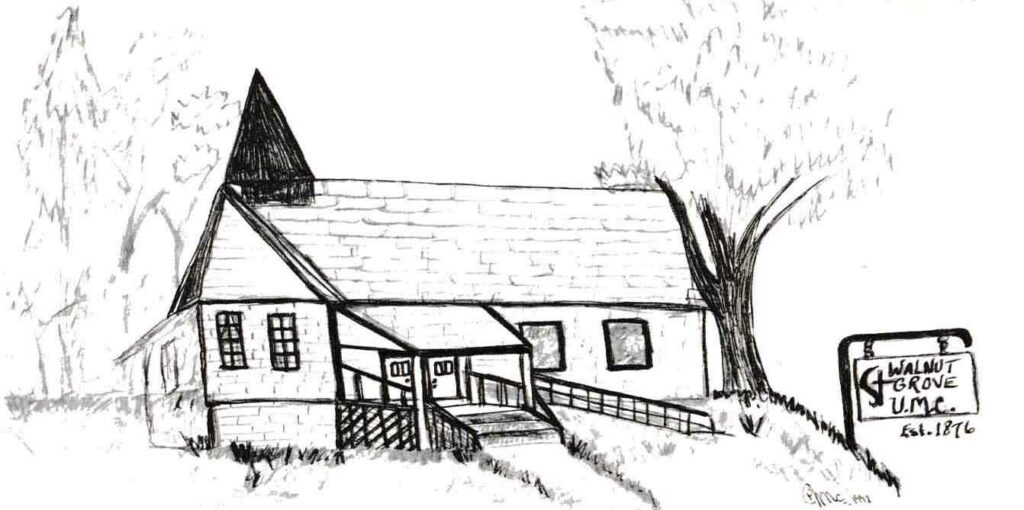
The year was 1876 and the First Methodist Church of Walnut Grove was founded. General Custer would make his last stand that same year at the Battle of the Greasy Grass along the Little Bighorn River’s banks in what was still Montana Territory. The victorious Civil War General Ulysses S. Grant was near the end of his second term as president, and the election that year would see Republican Rutherford B. Hayes take the oath of office in 1877. Texas and most certainly the community of Walnut Grove had voted heavily for Hayes democratic opponent, Samuel Tilden, but the Compromise of 1877 favored Hayes and led to the departure of Federal Troops from the South, thus effectively ending Reconstruction in East Texas.
And so it came to pass that Caleb Smith, a noted circuit riding preacher, organized the Walnut Grove Methodist Episcopal Church in what was then known as the old box house school building, so called because it was constructed primarily of the ‘boxing planks’ which were both cheap and plentiful at the time. Smith had first arrived in Smith County in 1858, his family and two slaves in tow, and with his white hair and whiskers and standing over six feet tall, he was an imposing figure soon recognized all over East Texas. Caleb Smith would go on to organize a number of area churches and continue in his calling of doing the Lord’s work for well over fifty years.

The land on which the current chapel stands, an approximately 1.61 acre parcel situated in the H.C. Lawrence Survey, A593, a part of a much larger tract originally cleared in the early 1800s by slaves belonging to a man named ‘Carlton’ and donated by Lucy Carlton Hill and her husband Horace Hill who also gave the acreage where the Walnut Grove Cemetery now sits. Among the first area family names in the 1870s one finds Fair, Carlton, Yarbrough, Hill, Butler, Tomlin, Dark, Bunch, Cates, and Williams. Also found is an assortment of Portwoods all well represented in those early years and continuing on through the decades beyond. B. A Portwood served the settlement with a blacksmith shop and a grocery store, and Harrison Portwood owned the first car in the community, a 1917 Ford Model T that had to be cranked to start, but he sold it when he went off to fight in the first world war. Otherwise no one owned cars and so folks would come to the church using wagons or buggies, or on horseback or by walking. Years later one Mr. Yarbrough bought a Chevrolet that he would drive to Sunday services.
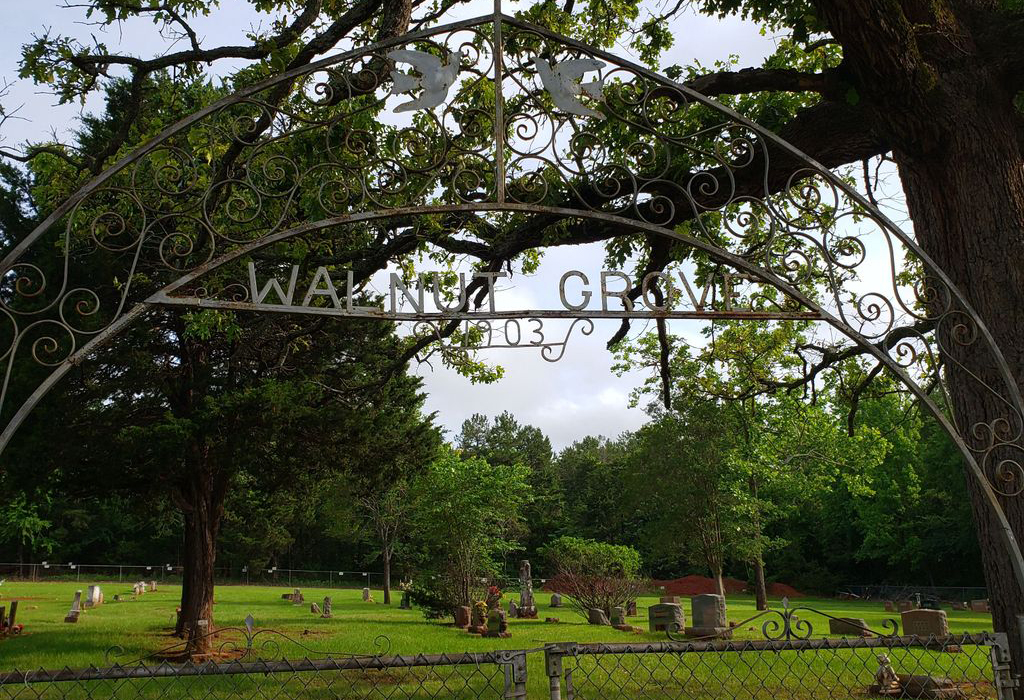
The current church structure built in 1888 has been in near constant use since that time. As the only church in the immediate area, at first the Baptists used it one Sunday and the Methodists used it the next, and then later the Methodists used it on Sunday mornings and the Baptists used it on Sunday nights, until eventually the Baptists built their own church a good distance away. The original one room layout has undergone a number of renovations over the subsequent years, with a Sunday school room being added, and then divided into two rooms early on, the sanctuary remodeled in the 1950s, a new porch added to the east side entrance around 1983 or ‘84, followed by a later series of upgrades and extensive repairs culminating in the addition of a new lighted steeple donated by the Brown, Musick, and McMakin families around 2005.
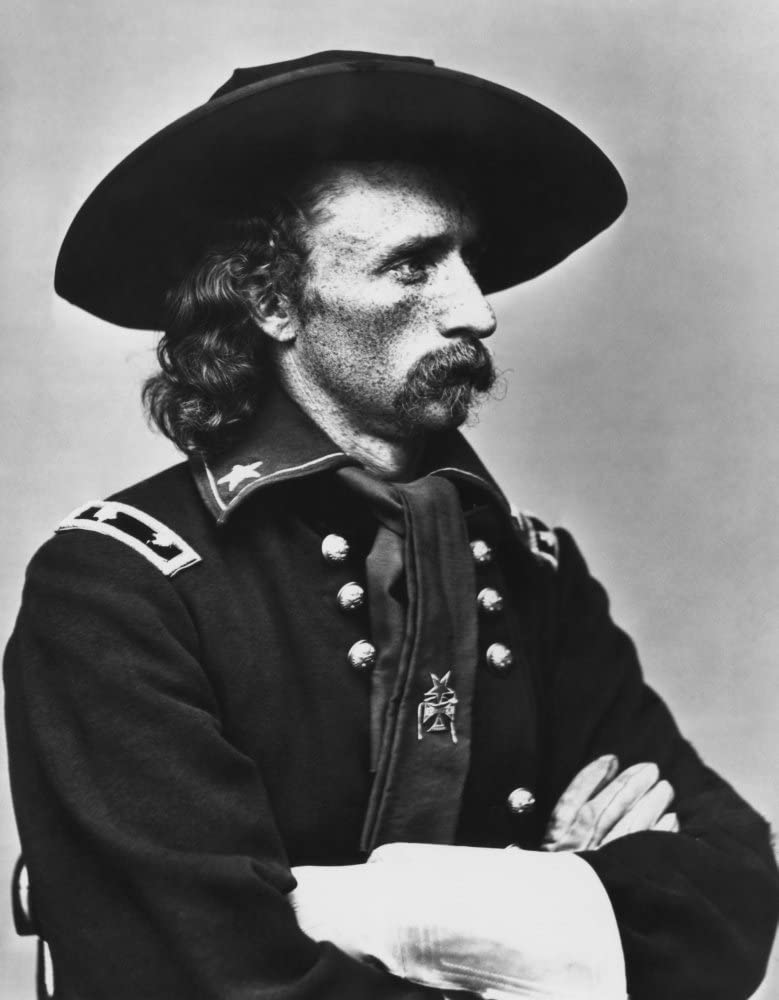
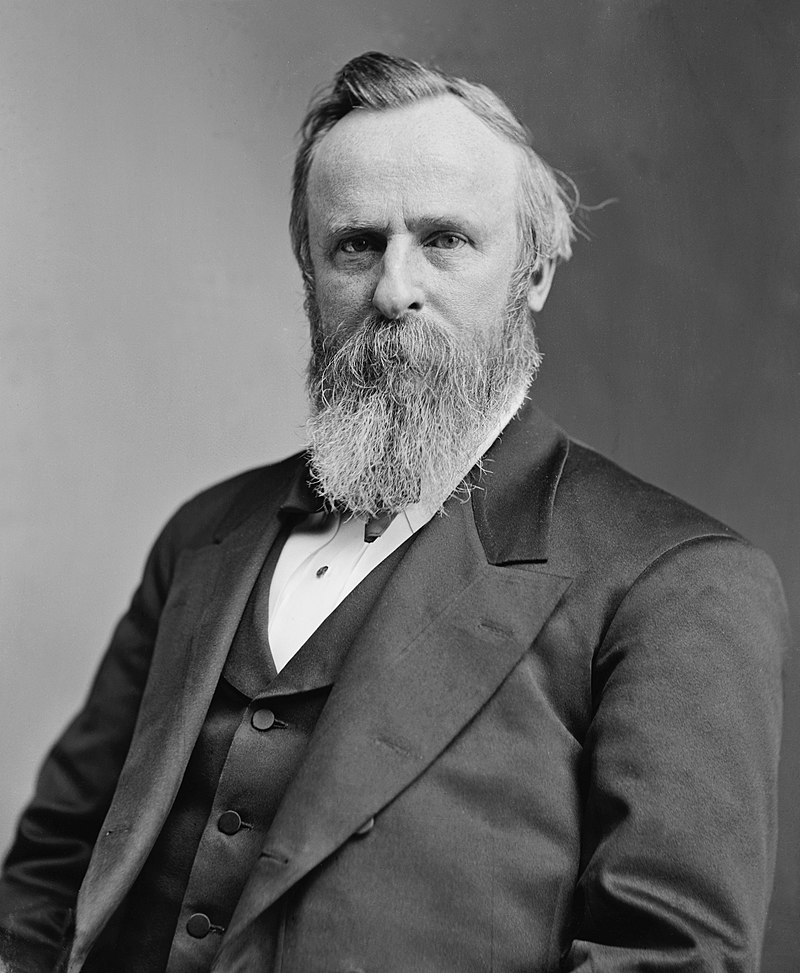
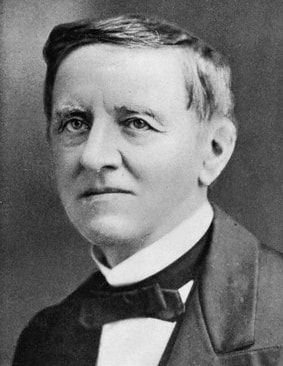
Over the years, the Walnut Grove congregation has been well represented in all of our nation’s wars and conflicts, going all the way back to the great war of northern aggression. In 1862, Caleb Smith joined the cause of the Confederacy, as did his brother and nephew, enlisting in nearby Tyler and serving in Captain John J. Flinn’s Company which later became Company E, 14th Regiment of the Texas Infantry. The letters CSA, along with the service branch names: Army, Navy, and Air Force, and conflicts: WWI, WWII, Korea, Vietnam – all words found along with the many repeated surnames on scattered headstones in the nearby Walnut Grove Cemetery. Portwood, Ivy, Collins, Dykes, Stanley, Williams, Dixon, Shackelford, Dark, and so many more, all who served, with some few of those named giving all they had for the country they loved. Notable among the congregant veterans are George Harris, Bronze Star recipient who survived his service in WWII, and Corporal James O Dixon who was killed in action somewhere in the South Pacific, July 1942.
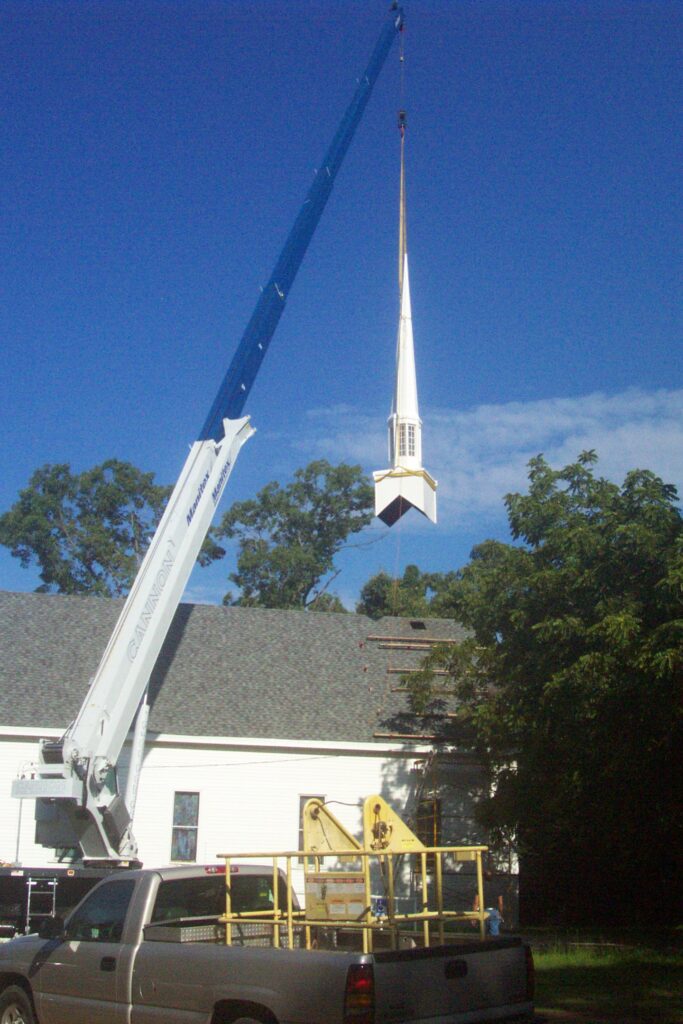
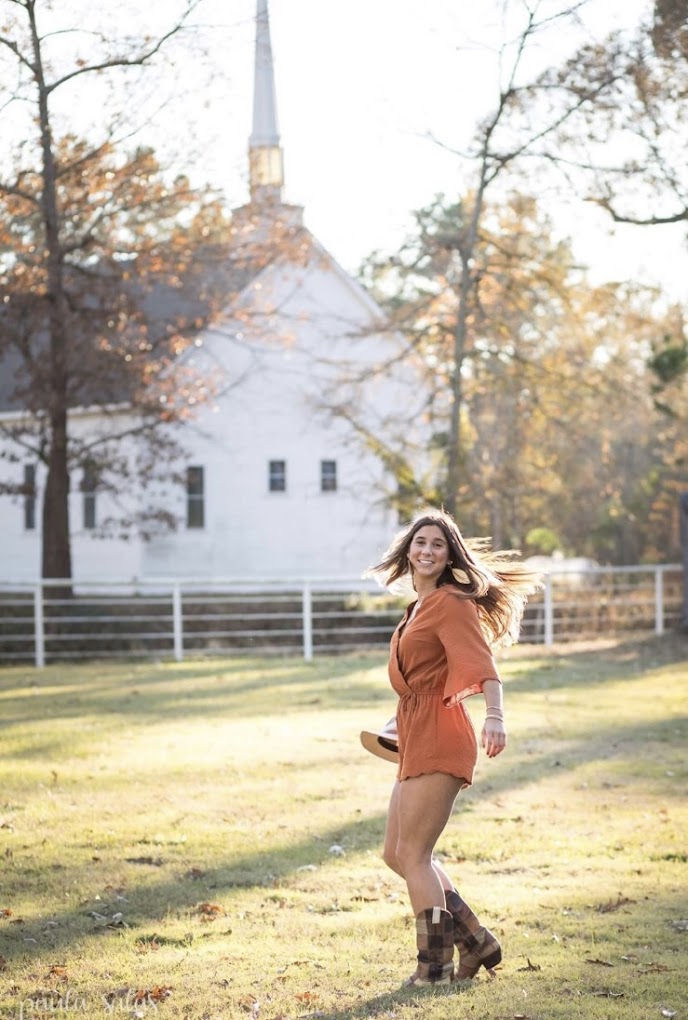
What may be most remarkable is that little church building is still in use today, proving itself as a truly timeless piece of East Texas history. Though the largest of the namesake Walnuts are long gone, victims of encroaching development with many being destroyed when the highway came through, a smattering of smaller specimens can still be found in the area. The church structure itself has been well maintained over the years, and it has now been repurposed as The 1876 Chapel at Walnut Grove, a charming Wedding Venue and Special Events Center, and a wonderful evolution ensuring that the quaint country church, now well over 140 years old, along with its surrounding grounds, will continue to serve the East Texas community for many more years to come.
© 2022
DW Birkman
The author retains all rights.